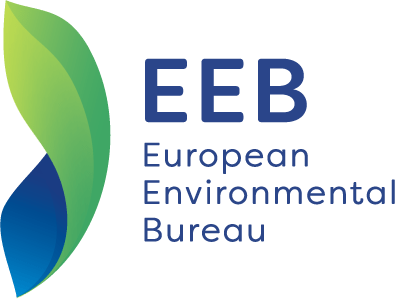The water footprint of renewable and fossil hydrogen – 19 May – Online
Wednesday 19 May, 10:00-11:00
In the EU, the energy sector accounts for a considerable part of total freshwater abstraction.
Climate change-driven hot and dry summers have resulted in several occurrences of decreased output of coal, nuclear and hydropower over the past decade, and is also predicted to increase pressure on water resources.
While the introduction of renewable energy sources, such as wind and concentrated solar power are predicted to decrease the energy sector’s water demand, other so called “low-carbon energy technologies”, such as nuclear and carbon capture, are highly water-intense.
The European Commission is considering energy scenarios where hydrogen can play an important role, potentially covering up to 16-20% of the EU energy mix. As renewable (green) hydrogen is for now limited, some sectors are increasingly looking at the so-called blue hydrogen, which relies on fossil gas and Carbon Capture and Storage (CCS).
Carbon capture is associated with increased water demand, while climate change is resulting in increased drought events that put pressure on water bodies.
How shall the EU balance ambitious decarbonisation goals while taking sustainable water use into account?
Agenda
10:00 Welcome and intro – Sara Johansson, Policy and Researcher, EEB
10:10 The water/energy nexus: Water footprint for energy production – P.W. Gerbens-Leenes, (Dr.,) Researcher, University of Groningen (NL)
Q&A with Speaker 1
10:30 Water demand of renewable hydrogen: how does it compare to that of fossil hydrogen – Frank Oesterholt, (M.Sc.), Senior Scientific Researcher, KWR Water Research Institute (NL)
Q&A with Speaker 1
10:50 – 11:00 Discussion and wrap-up
The event is addressed to EEB members and civil society organisations.

